In a recent interview, James Cameron (once again) justifies the necessity of 3D cinematography and says it’s only the beginning of it. Camron expects this complex 3D methodology will be heavily implemented in future blockbusters.
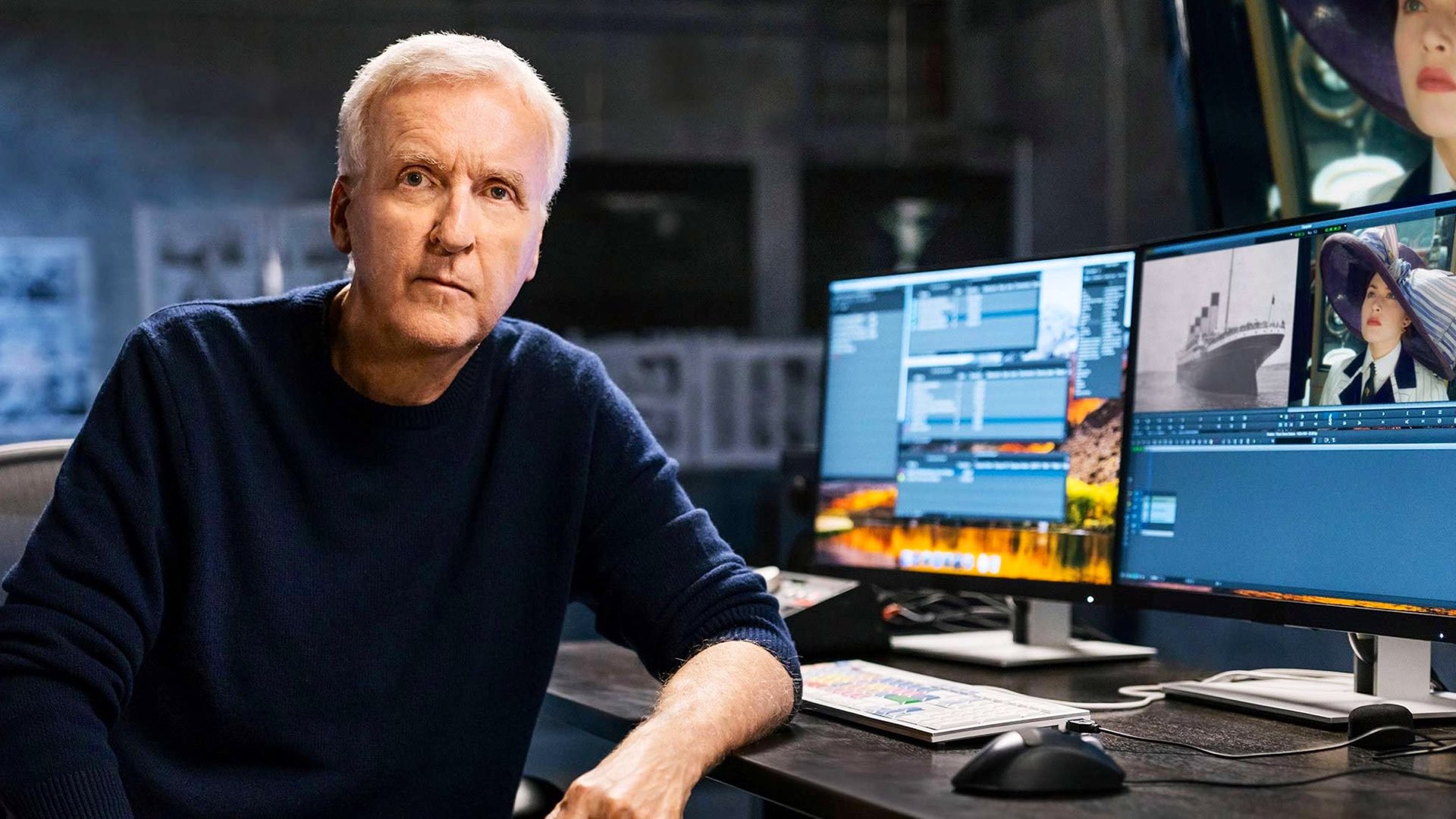
3D cinematography
It’s no secret that the acclaimed director is a 3D enthusiast. If you will ask James Cameron, he will try to justify 3D cinematography at every opportunity he gets, and there are a lot of them. For the first Avatar, Cameron invented a dedicated 3D methodology, composed of a special system called Fusion Camera (Reality Camera System 1), which was developed in order to shoot features in stereoscopic 3D. The system made first use of Sony HDC-F950 and later of Sony HDC-1500 HD cameras when they became available. “We want to take you to Pandora and feel it, smell it, so you can go on a real journey, and 3D imaging helps with that…People want to go to the cinema and have a full experience, not 90%, but 100%” he said. Indeed, Avatar is the first movie shot with 3D cameras and has been nominated for the Best Picture Academy Award.
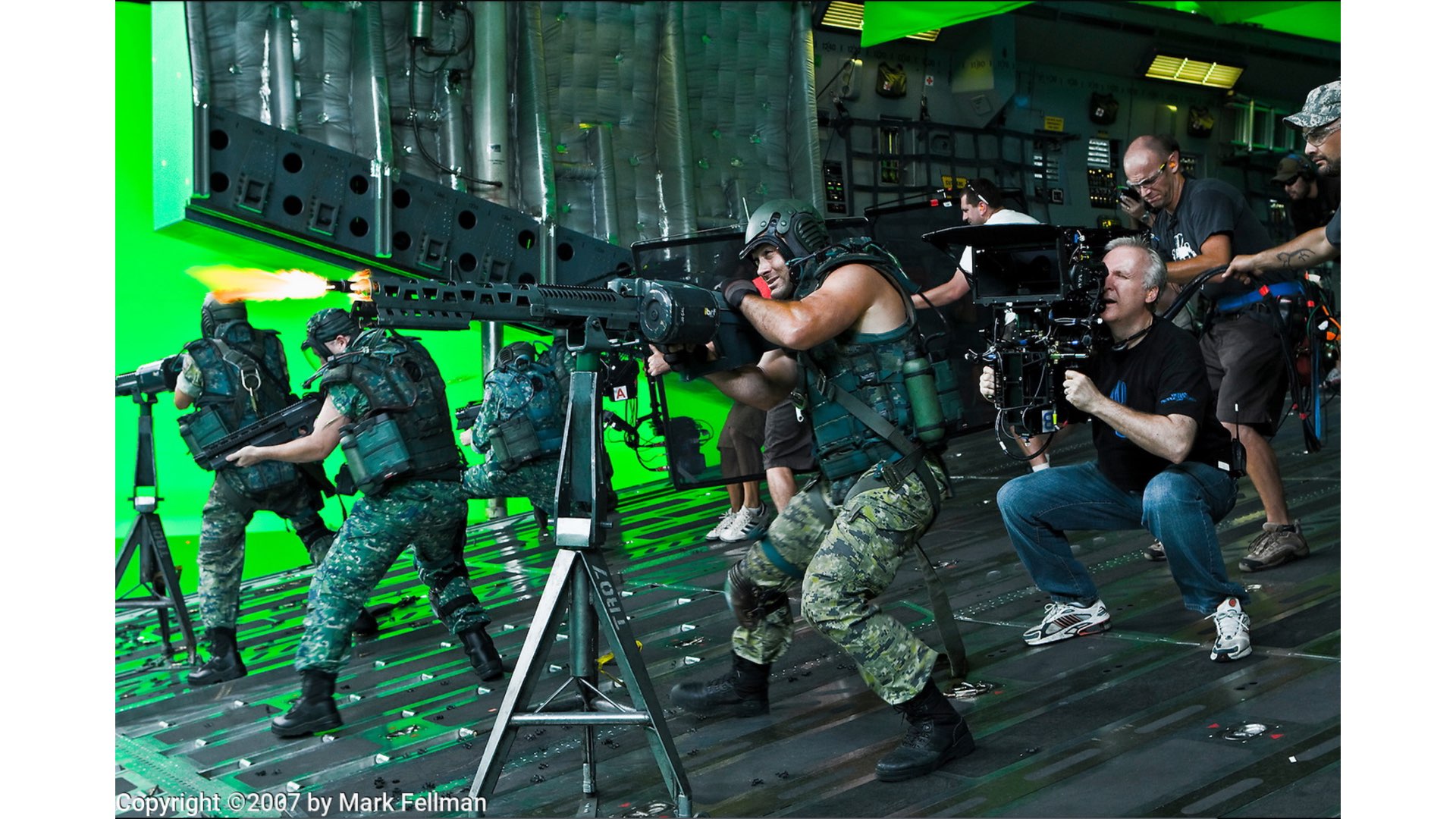
Avatar 2: Shot in Sony VENICE 3D
For Avatar 2, multiple Sony VENICE cameras have been paired in various 3D stereoscopic rigs. Using the Sony cabling system, the only part of the VENICE carried on the rig was the image sensor optical blocks (Rialto), significantly reducing onboard camera weight to about three pounds per sensor block. By lowering the weight and improving ergonomics, Cameron earned the ability to shoot with greater flexibility and freedom. Here’s a bit of technical explanation: 3D rigs are known as mirror rigs or beam splitter rigs. The whole idea with 3D is to capture left and right-eye images and then superimpose them on the screen so that we get the perceived impression of depth within the picture. The way it can be achieved is by using two cameras one for the left eye and one for the right eye. Furthermore, it’s quite important to get the distance between those cameras correct for each scene and this is where a beam splitter comes in really handy. The image from the top camera is reflected off the mirror which is a 45 degrees image from the horizontal camera that shoots through the mirror. By adjusting these cameras from side to side we can actually make the distance between them correct for the particular 3D depth of the scene.
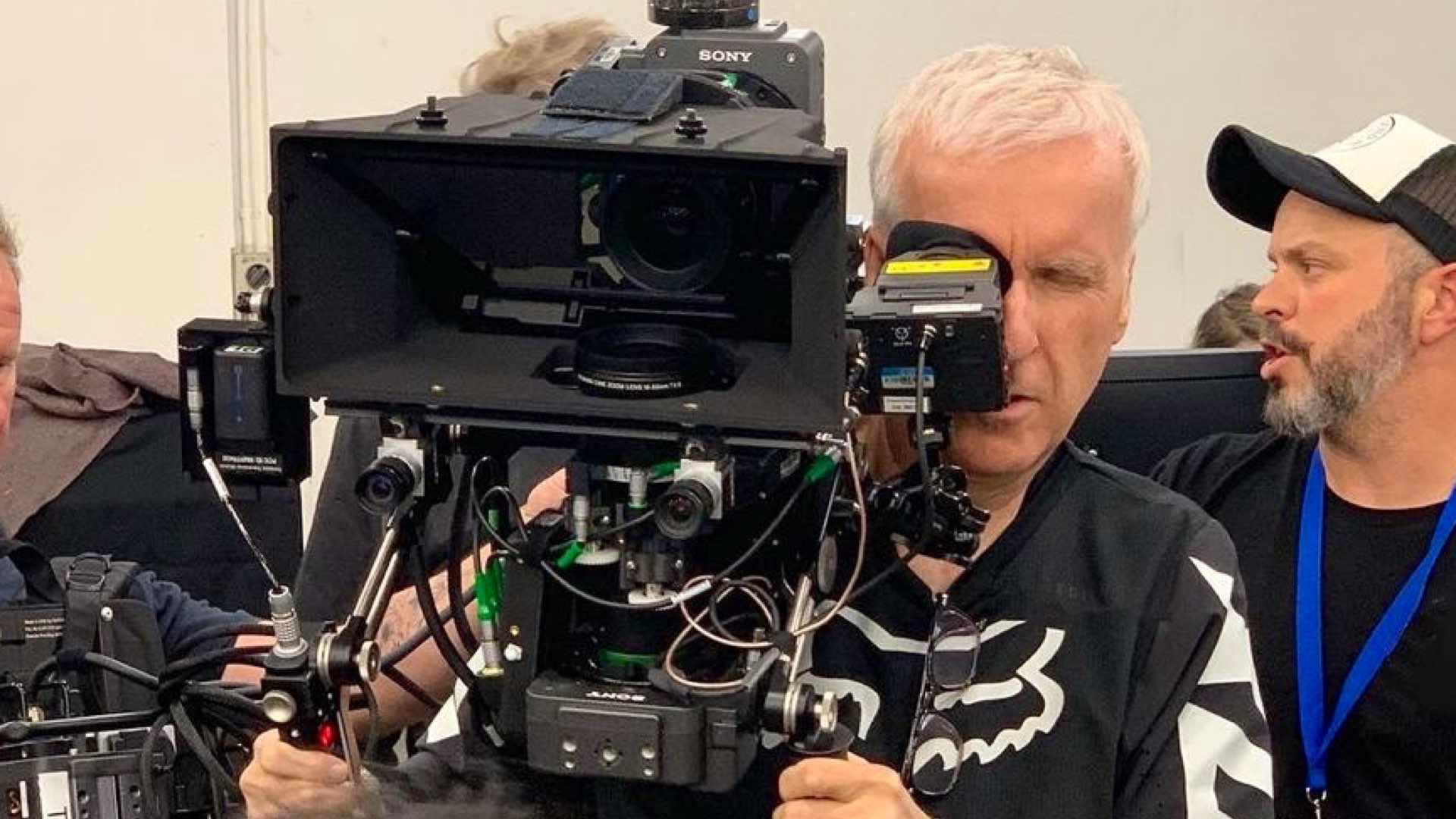
We’ll see the results very soon in theaters (December), and we can’t wait for it. It’s like Avatar 1, but better, since the cameras (Sony VENICE) are considered elite cinema cameras, so expect to a beautiful 3D image.
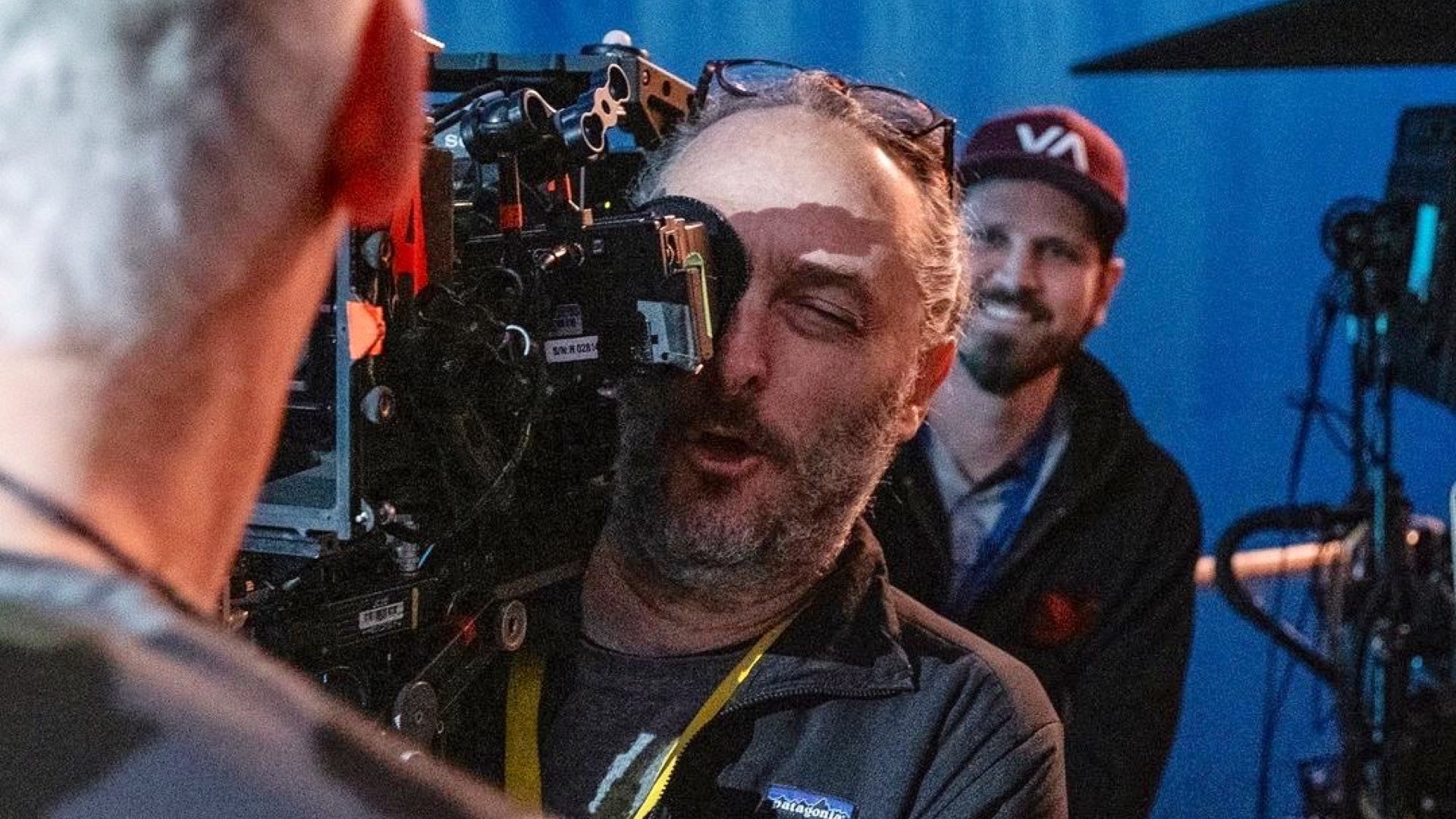
3D is not over, but it’s just been accepted
Yep, this is what Cameron says in an interview with SalshFilm as stated: ”I would say that the 3D was generally embraced for a period of time. ‘Avatar’ won the best cinematography with a 3D digital camera. No digital camera had ever won the best cinematography Oscar before. Then two out of the three subsequent years, the same cameras were used by the cinematographers that won the Oscar. So you got 3 out of 4 years where the Academy embraced digital cinematography. And all 3 of those films were in 3D”, Moreover, he added: ”3D appears to most people to sort of be ‘over.’ But it’s really not over. It’s just been accepted. It’s just now a part of your choices when you go to the theater to see a big blockbuster movie … I liken it to color. When color films first came out, it was a big deal. People would go to see movies because they were in color. I think around the time of ‘Avatar,’ people used to go to see movies because they were in 3D … I think it had an impact on how films were presented that’s now just sort of accepted and part of the zeitgeist and how it’s done.”
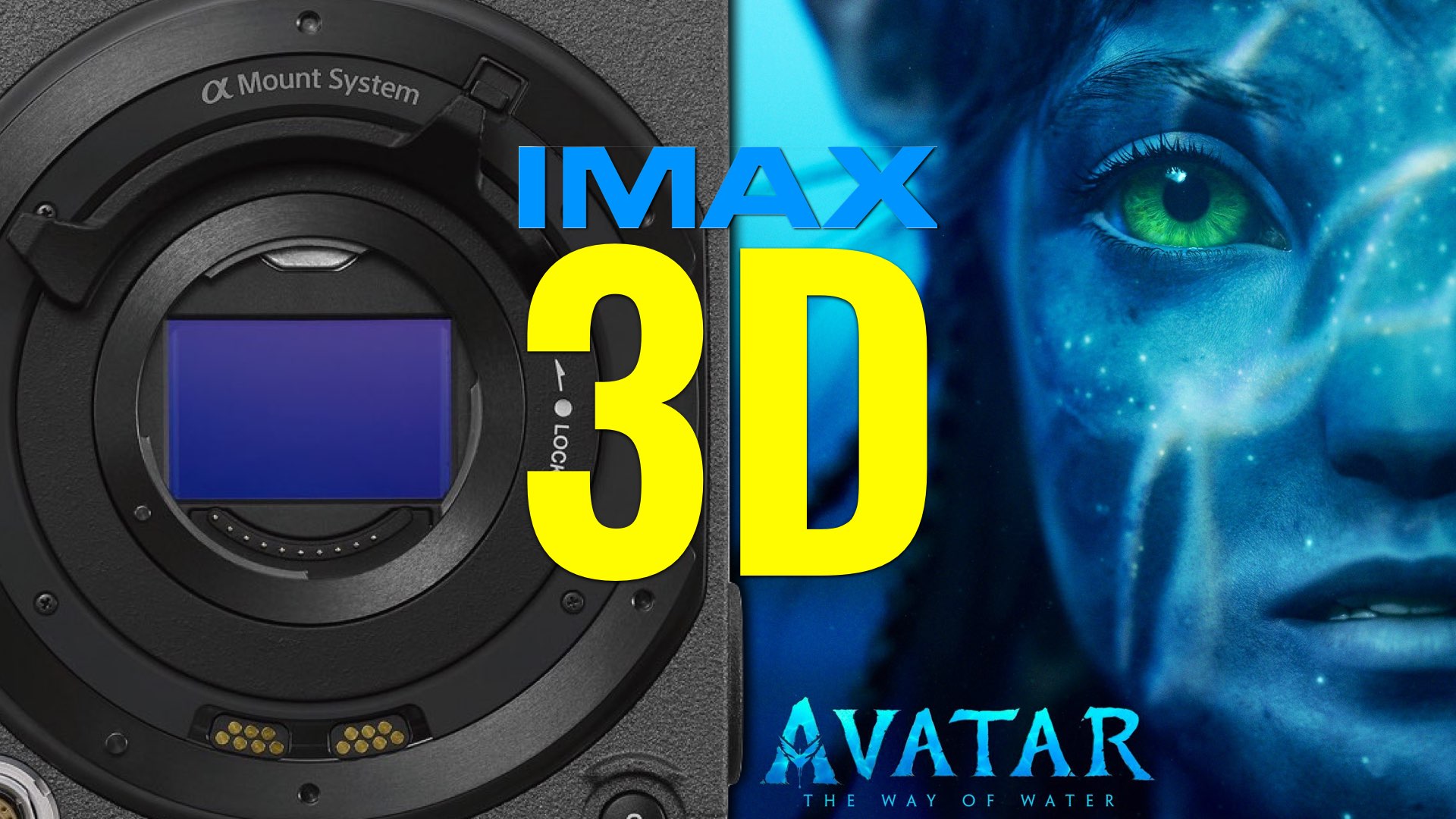
Closing thoughts
There’s no doubt that Avatar 2 was crafted with advanced 3D filmmaking techniques. Bring to that a mastermind like Cameron, and I don’t see why moviegoers will not be super satisfied. Furthermore, we haven’t mentioned the innovative 3D underwater cinematography methods utilized in Avatar 2. Surely, it will be a huge success. However, as you understand, these techniques demand special expertise and dedication. And for 3D screening directors have only two options: Make it great, or leave it on the drawing board. Wearing 3D glasses for almost 3 hours in a theater is a hassle unless the movie is super great. As we said before: “Go IMAX 3D or Go Home”.
Get the best gift for filmmakers!
Y.M.CINEMA 65 – Stainless steel art piece of 65mm motion picture camera: BUY on YMCinema


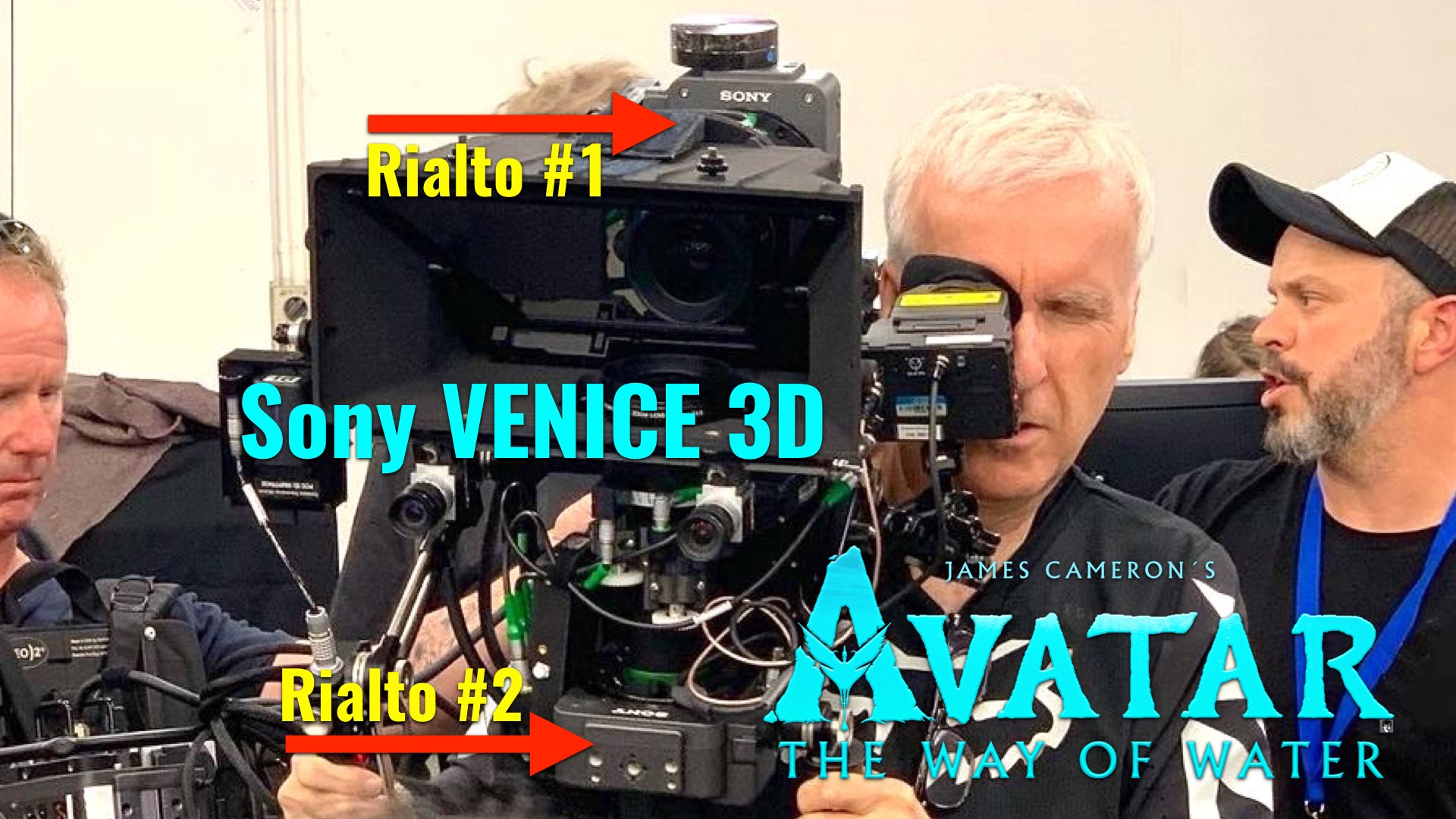

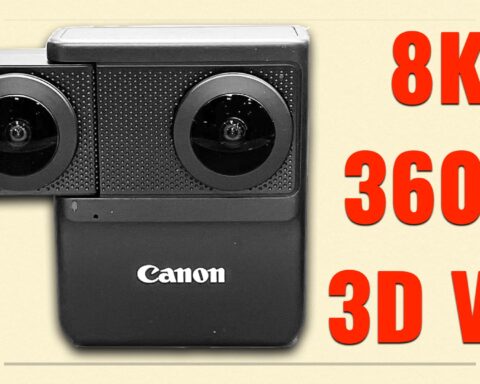
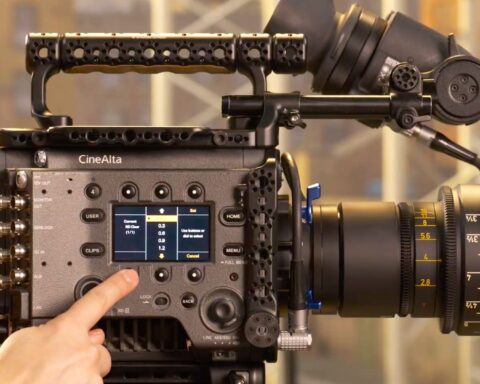
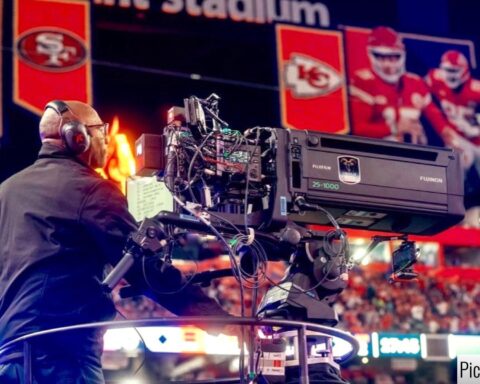
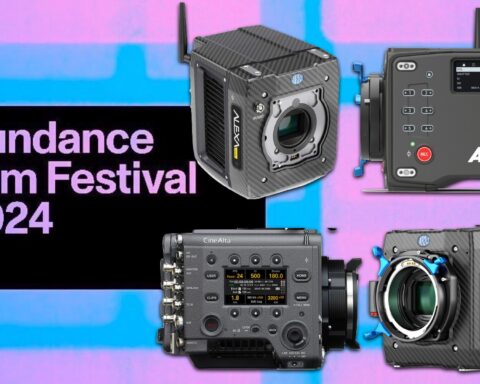


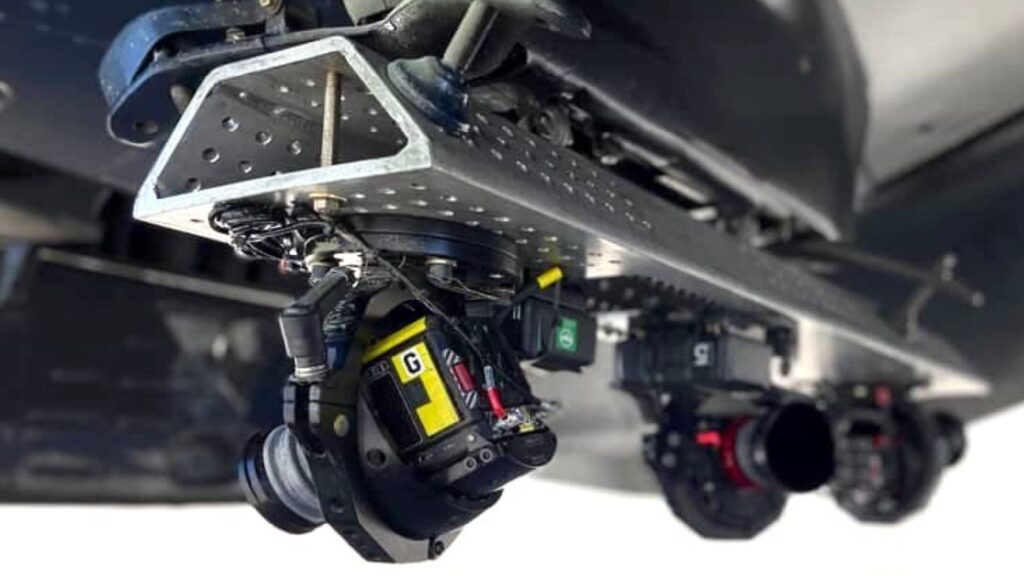
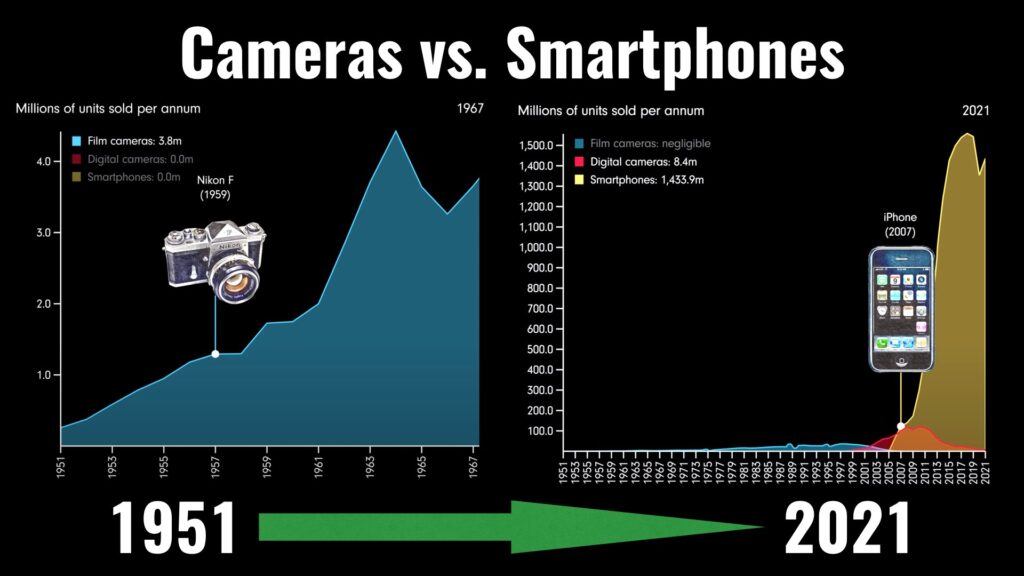
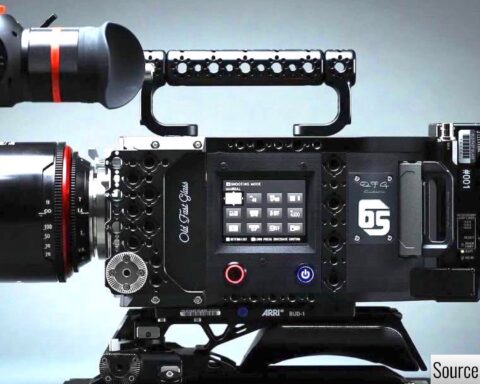

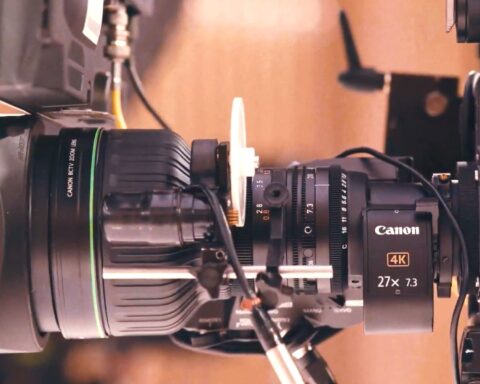
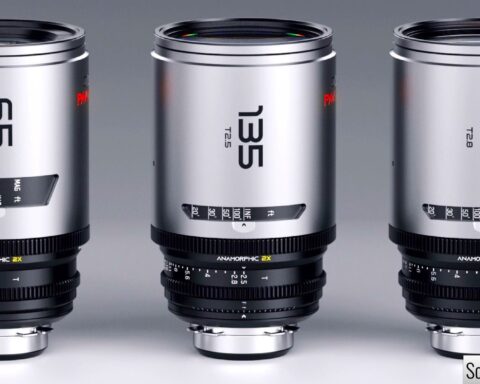
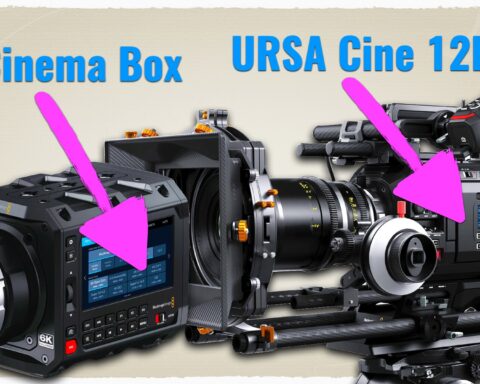


3D cinema is already dead, is not the beginning…
🤦♂️🤦♂️🤦♂️🤦♂️
Poor James is hard too become an old man.
Mr. da Samo demeans himself displaying massive ignorance of the 3D art form, the international audience through the roof box office sales, particularly in China and the Pacific rim countries, and clearly has no idea of the major advancements in 3D auto stereoscopic display (3DASD). Glasses free digital technology is sweeping medical, military, scientific, robotic and quality control applications. Aside from the consumer entertainment WOW factor, the geo-spatially accurate, math based 3d depth imaging has priceless eye-hand coordination value. Cameron is correct, the awesome impact of glasses free 3d will arrive via the perfect storm of the last 10 years of technological evolution, and it will hit the commercial, consumer and entertainment vertical markets like a tsunami, and Avatar 2 and 3 will likely drive the deluge. I hope that Mr. Da Samo is not to old to get into the water, and like Cameron is an accomplished swimmer, or at least knows how to tread water, otherwise he is going to find that like his current remarks, he is quickly in over his head.
But Mr De Samo has cool emojis in his post which makes his take on 3d a lot more valid than yours. Don’t you think?
If only we could buy a 2023 technology 3D capable 4K TV. I use my Oculus Quest 2 to view 3D stills and video I’ve taken with the sterio GoPros but viewing them is a lonely experience.
Where can I watch your 3D GoPro work and how you filmed them?
The problem with 3D is that it doesn’t work for everyone. At least 25% of the population (US) have problems viewing with 3D. Many getting migraines due to the technology. I would agree with it being a dead technology, and if it is not yet, it should be!